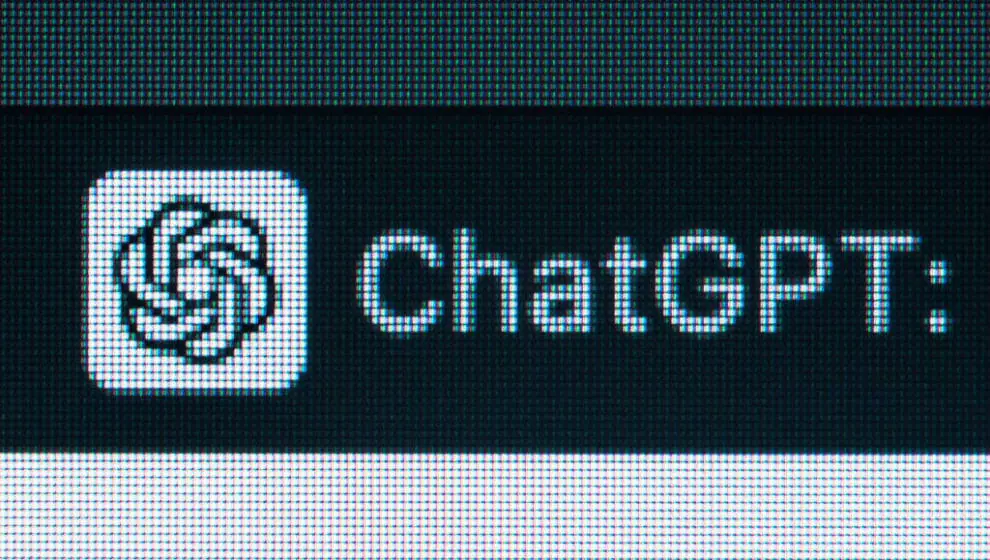OpenAI, the acclaimed developer of ChatGPT and partner with companies like Microsoft, is reportedly bleeding funds and facing a short lifespan.
Key Details
- A new report from Analytics India Magazine shows that OpenAI spends more than $700,000 daily to run ChatGPT and build new products like GPT-4 and DALL-E2.
- The company heavily relies on Microsoft’s $10 billion in funding, which may not save the company beyond late 2024.
- Attempts to monetize their popular chatbot services are failing to generate sufficient revenue and are causing the company to burn through its liquid capital.
- OpenAI reported $540 million in losses in May but projected an annual revenue of $200 million in 2023 and $1 billion in 2024.
Why It’s News
Since the launch of ChatGPT on November 30, 2022, the artificial intelligence (AI) arms race has been in full swing—with thousands of startups, tech companies, and corporations scrambling to produce the first and best AI solutions on the market. OpenAI led this revolution, and it has achieved mainstream recognition for achieving the feat of launching the fastest-growing app in history—but losing this title to Meta Platforms’ Threads in July.
Unfortunately, ChatGPT is facing severe issues of profitability and user retention. Recent reports show that ChatGPT lost 9.7% of user traffic in June, followed by another 9.6% in July, dipping for two months in a row.
Several major factors have contributed to this decline, from significant companies prohibiting employees from integrating large language models and chatbots into their work to competition from other newly released chatbots. Google’s Bard AI, Meta Platform’s Llama 2, and Elon Musk’s recently announced AI startup are all viable competition for OpenAI.
As it stands, early market adopters are finding that profiting from AI is difficult and are taking massive research and development losses, while investors are becoming frustrated by the realization that AI applications may take years to become profitable. Finding marketable solutions will be the challenge that makes or breaks AI in the coming years.
